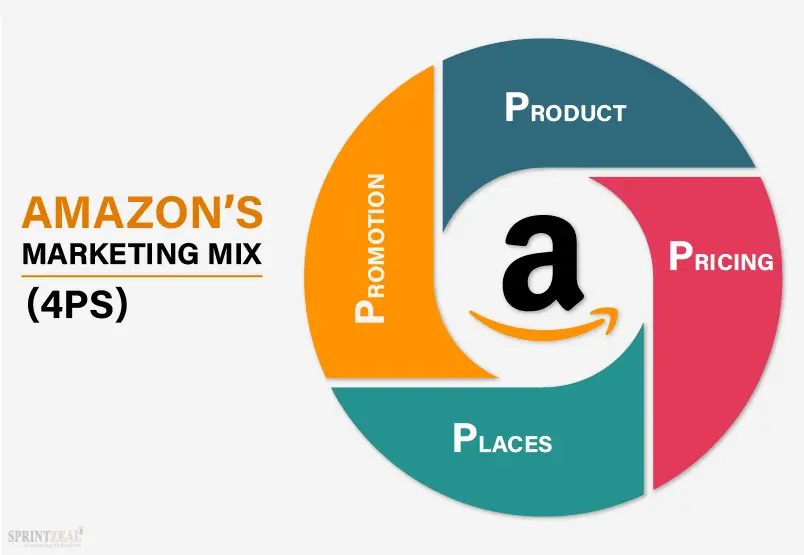Table of contents
- What is Amazon FBA?
- Benefits of Amazon FBA
- Identifying a Profitable Product Niche
- Analyzing Profit Margins and Costs
- Setting SMART Goals
- Defining Your Brand and Unique Value Proposition (UVP)
- Creating a Product Sourcing Strategy
- Developing a Marketing and Advertising Strategy
- Sales Forecasts and Revenue Projections
- Expenses and Break-Even Analysis
- Inventory Management
- Order Fulfillment and Customer Service
- Conclusion
Amazon FBA (Fulfillment by Amazon) has become a popular choice for entrepreneurs looking to start their online businesses. With its vast customer base, streamlined logistics, and extensive support services, Amazon provides a lucrative platform for selling products. However, to maximize your chances of success, it’s crucial to have a well-crafted Amazon FBA business plan.
this comprehensive guide, will explore the key elements and strategies involved in creating an effective business plan for Amazon FBA.
What is Amazon FBA?
Amazon offers a program that allows sellers to store their inventory in Amazon’s fulfillment centers. Amazon deals with order processing, packaging, shipping, and customer service on behalf of the sellers. This service helps sellers focus on product sourcing, marketing, and growing their business.
Benefits of Amazon FBA
Wide customer reach:
- Amazon has a massive customer base, providing access to millions of potential buyers. FBA sellers can offer their products as Prime-eligible, gaining an advantage over non-FBA sellers.
Prime eligibility:
Logistics and customer support:
Amazon handles inventory storage, order fulfillment, and customer service, saving time and effort for sellers.
Scalability:
FBA allows sellers to scale their businesses quickly by leveraging Amazon’s infrastructure.
Identifying a Profitable Product Niche
- Conduct market research: Identify popular product categories with high demand and low competition.
- Analyze customer reviews: Study customer feedback to understand pain points and areas for improvement.
- Evaluate competition: Assess the competition level for your chosen niche and identify unique selling points (USPs) for your products.
Analyzing Profit Margins and Costs
- Calculate costs: Determine the cost of product sourcing, packaging, shipping, storage fees, and other expenses.
- Evaluate profit margins: Research the pricing of similar products and calculate the potential profit margins for your products.
- Developing Your Amazon FBA Business Plan
Setting SMART Goals
- Specific: Clearly define your business objectives and milestones.
- Measurable: Establish metrics to track your progress and success.
- Attainable: Ensure your goals are realistic and achievable.
- Relevant: Align your goals with your target market and niche.
- Time-bound: Set deadlines and timelines for achieving your goals.
Defining Your Brand and Unique Value Proposition (UVP)
- Craft your brand story: Define your brand’s mission, values, and the story behind your products.
- Identify your UVP: Determine what sets your products apart from the competition and highlight these unique features.
Creating a Product Sourcing Strategy
- Identify reliable suppliers: Research and establish relationships with trustworthy suppliers or manufacturers.
- Ensure product quality: Set strict quality standards to maintain customer satisfaction.
- Plan inventory management: Determine optimal inventory levels to avoid stockouts or excess inventory.
Developing a Marketing and Advertising Strategy
- Amazon PPC campaigns: Create targeted pay-per-click advertising campaigns to increase product visibility.
- Optimize product listings: Craft compelling product titles, descriptions, and keywords to improve search rankings.
- Leverage social media: Utilize platforms like Instagram, Facebook, and YouTube to build brand awareness and engage with your audience.
- Financial Projections and Analysis

Sales Forecasts and Revenue Projections
- Estimate sales volume: Based on market research and competition analysis, project your expected sales volume.
- Calculate revenue: Multiply the projected sales volume by your product’s price to estimate revenue.
Expenses and Break-Even Analysis
- Identify all costs: Consider product costs, shipping fees, Amazon fees, marketing expenses, and other overhead costs.
- Calculate the break-even point: Determine the sales volume required to cover all expenses.
- Operational Considerations
Inventory Management
- Track inventory levels: Implement systems to monitor and manage your inventory effectively.
- Forecast demand: Use historical data, market trends, and seasonal fluctuations to anticipate demand and adjust your inventory accordingly.
- Minimize storage costs: Optimize your storage space by utilizing Amazon’s fulfillment centers efficiently.
Order Fulfillment and Customer Service
- Provide prompt order processing: Aim for quick order processing and timely shipment to ensure customer satisfaction.
- Offer exceptional customer service: Respond promptly to customer inquiries, address concerns, and resolve issues in a professional and efficient manner.
Conclusion
Creating a comprehensive Amazon FBA business plan is crucial for success in the highly competitive world of e-commerce. By understanding the nuances of Amazon FBA, conducting thorough research and analysis, setting SMART goals, defining your brand and UVP, and developing effective marketing and financial strategies, you can position your business for growth and profitability.
Readmore : SEO Analytics: Tracking and Measuring the Success of Your SEO Efforts
FAQ’s
Amazon FBA offers benefits such as wide customer reach, Prime eligibility, logistical support, and scalability.
Conduct market research, analyze customer reviews, and evaluate the competition to find a niche with potential.
Branding helps differentiate your products and create a strong identity that resonates with customer




